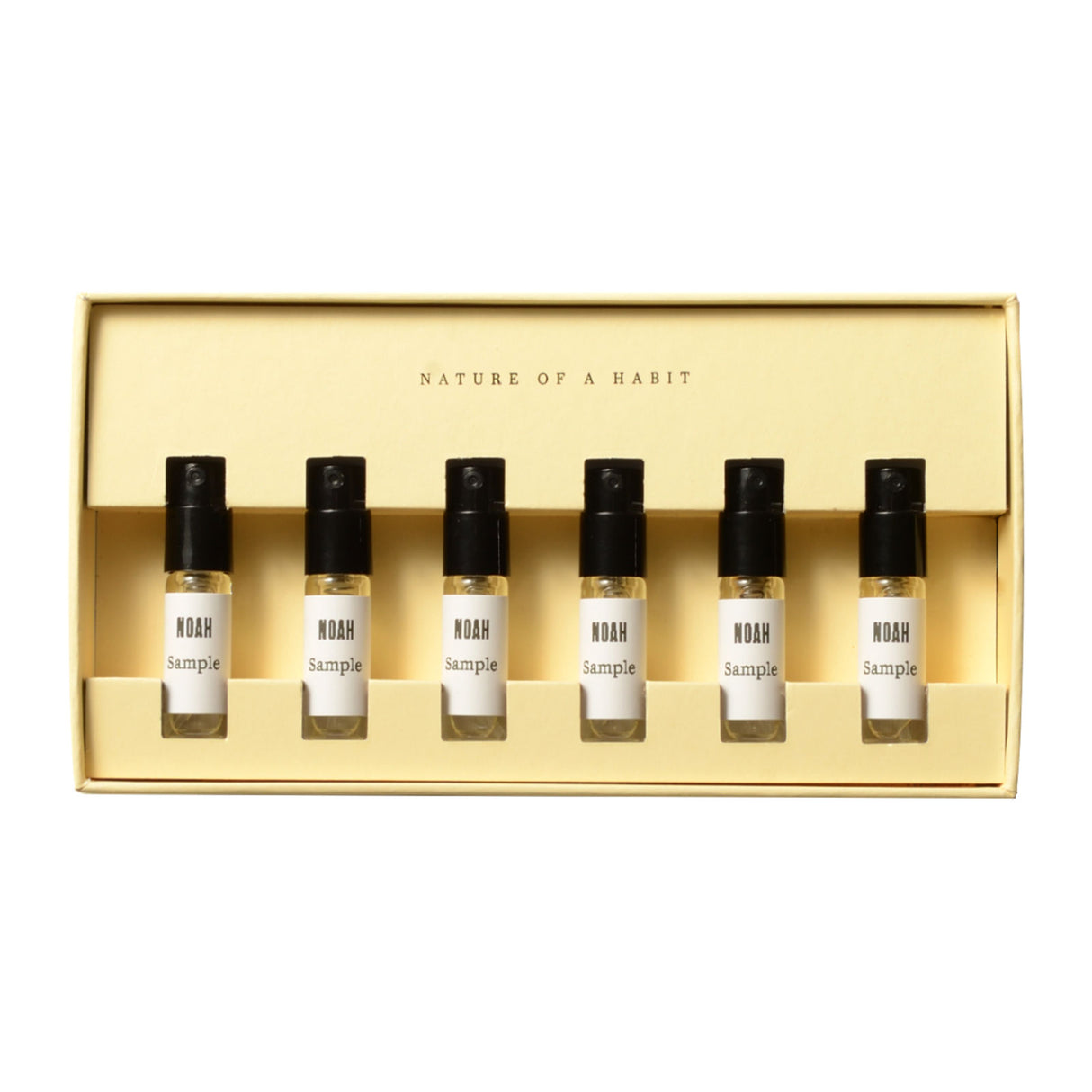Under My Skin by Francesca Bianchi restates the connection between the leathery and the animalic, redolent and faithful to the image of an old and intense aromatic essence where animal hide is treated with herbs, spices, unguents, and florals. The work is powerful, and equally human as it is animal - forming a fantasy of a skin that emanates its own smell - many layers of iris butter that converge with resins, the soft glow of cinnamon and tonka bean warming this aromatic skin. Under My Skin captures the enduring legacy of leather in perfumery, and represents the intimate connection between smell, pleasure, and transformation. 1740 by Histoires de Parfums is the carnal rendered in leather and tobacco - a sublime bitterness leads to deep pleasure. The skin of bergamot citrus takes on a newfound coarseness, redolent of tar, clashing with the sizzling touch of immortelle flower and labdanum resin. Work through this complex and the wearer is rewarded with an extraordinary leather experience.
Andy Tauer leans into an image of the American West in Lonestar Memories: “the scent of a lonesome rider, wearing old jeans and a leather jacket, after a long day on the horse in the dry woods, preparing his coffee on the open, smoky fire”. It is a fantasy and an invocation all at once: an arid landscape is worked by the salubrious touch of clary sage and the remarkable textures of carrot seed and geranium. This ode to birch tar forms a rich smoky accord, blending with the clean astringent line of myrrh resin and decadent tonka, sandalwood, and vetiver; it is an homage to the classic phenolic image of leather. Similarly, Rien (Etat Libre d’Orange) works with a whopping 80 or so notes. Its opening is bracingly bitter in the vein of the legendary Bandit (Robert Piguet, 1944), as animalics and leather notes are charged through and through with astringent green notes, especially oakmoss. Rien is bold and clings to the body and perseveres in the mind – it is an addiction of spiced and smoked leather – it is decadent, sinful, and reveals itself on the flesh. Notably, amongst notes of searingly hot black pepper, incense, labdanum, and patchouli, Rien employs safraleine, a vibrant and warm leather molecule, faceted with the metallic shimmer of saffron and the spicy-fruity nuance of rose. Delicacy is found in the very depths of Rien.
Clean Suede from Etat Libre d’Orange inverts Rien’s raw and animalic leathery strength, realising the promise of suede with a fetishistic rubber accent. Safraleine remains the core leathery facet, which is washed with lemon, soapy aldehydes, and musks redolent of classic pine-and-fern scented shaving creams. It is then softened with iris, tonka, and vanilla notes, sizzling with salty amber in the base. The scent is lavishly decorated; leather becomes a firm and marble body to be adorned and venerated. Clean Suede is classically-coded so that it reads as a traditional masculine fragrance, but it is equally embellished with a fine sense of exaggeration and provocation – it is simply itself – all of itself. An intense softness is achieved in Cuir Ottoman (Parfum d’Empire), with a distinctive trail of resinous powder. It draws its inspiration from leather from the Ottoman empire, traditionally scented with exquisite iris flower. The result is a melting decadence, seeping and oozing vanilla offer an exquisite bubble of gloriously plush scent.



